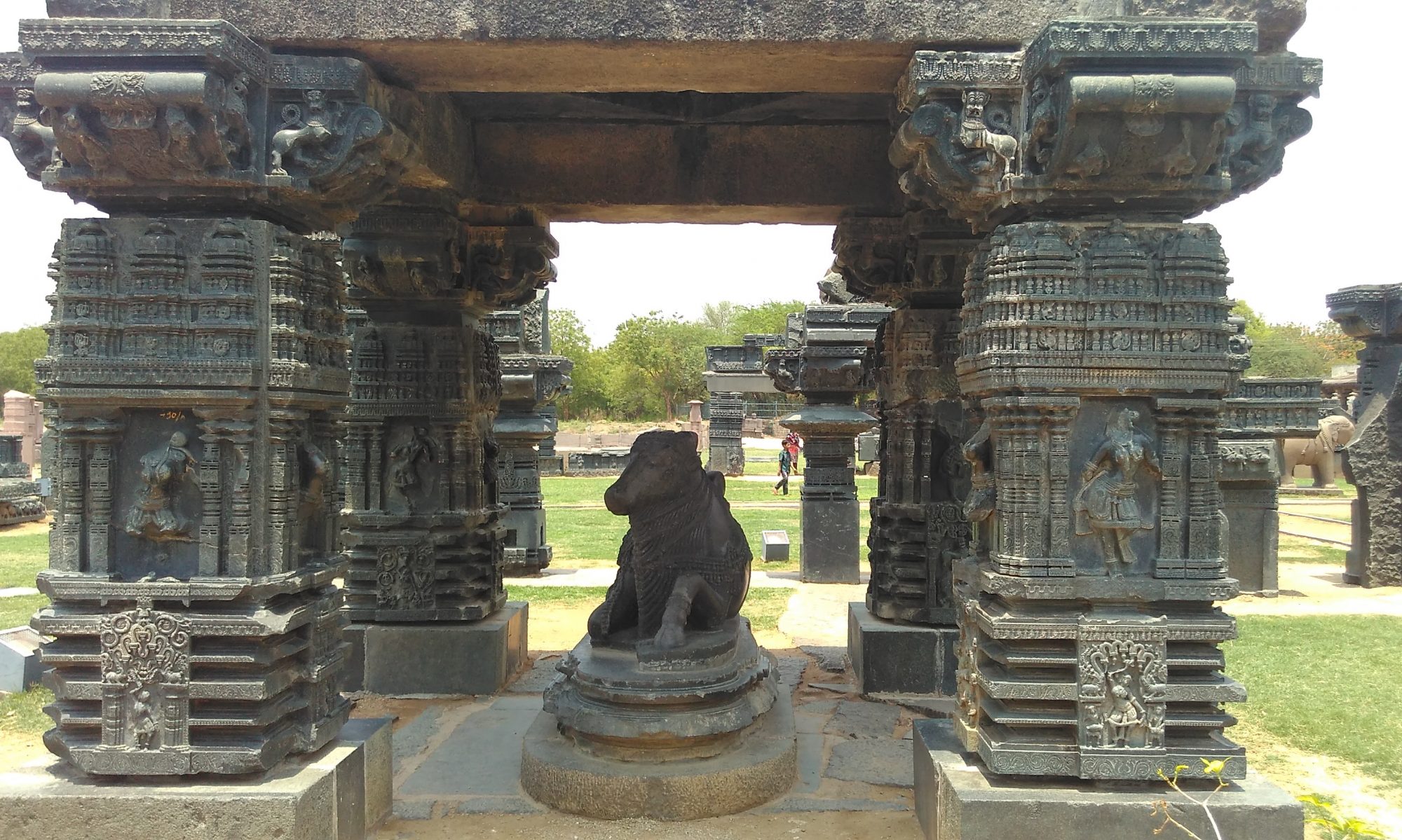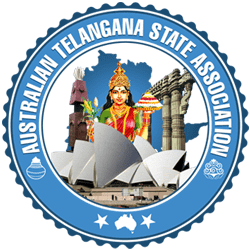Bathukamma is a spring festival celebrated by the Hindu women of the Telangana region in Andhra Pradesh, India. It is also called as Bodemma. This festival falls in the months of September/October called Ashvin or Aswiyuja. Bathukamma festival is celebrated for nine days during Durga Navratri. It starts on the day of Mahalaya Amavasya. It concludes two days before Dussera called as Durgashtami. On the final day, the closing ceremony of Bathukamma panduga is celebrated as a great festival Pedda Bathukamma or Saddula Bathukamma.
Bathukamma is a beautiful flower stack, arranged with seasonal flowers, in seven concentric layers, of potterâs clay like a cone. Bathuku in Telugu means live/life, and Amma means mother, hence Bathukamma is celebrated for the glory, later denoted as Goddess Gauri – the patron Goddess of womanhood.
Women celebrate the festival dressed-up in traditional silk saris, and wear jewellery.
Myth
Once upon a time, King Dharmangada of the Chola Dynasty used to rule South India. After many prayers and rituals, his wife gave birth to Princess Lakshmi. Baby Lakshmi survived many accidents. So, the parents named her Bathukamma (Bathuku = life, Amma= suffix to female names and mother). Since then Bathukamma festival is celebrated by young girls in the Telangana region. The purpose of this festival is to pray to the Goddess in the belief that the young girls would get husbands as per their wish. Further, married women celebrate the festival to pray to the Goddess for good health and prosperity of their family. Flowers are arranged on a plate or square wooden plank or a square bamboo frame in a conical layout. On the top, gynecium of a pumpkin flower or a cone made of turmeric to represent Bathukamma is installed. This floral arrangement is worshipped as Goddess Bathukamma. This festival is mainly celebrated by unmarried young girls, though men and women also participate in collecting and arranging the flowers as Bathukamma.
ATSA Started to Celebrate this festival since 2006.
Preparation
On this day, the men of the house go into the wild plains and gather flowers like gunuka, tangedi, lotus, alli, katla, and teku, which bloom in this season in various vibrant colors all across the uncultivated and barren plains of the region.
Women start preparing Bathukamma from the afternoon. They cut the flowers leaving the little length base, some dip in colors, some scented and arrange them on a wide plate called tambalamu, and stack them up in a conical mound, decorated with a pumpkin flower on top of the stack.
Ritual
In the evening, women gather in large numbers with their Bathukammas in their locality, place them in the middle and dance around them, synchronizing steps and claps in unison, and singing soul-stirring Bathukamma folk songs.
Women dance around their Bathukammas. After singing and dancing around for hours, Bathukammas are taken to a lake or a pond and spend some more time singing and dancing and are set afloat in the water.
Saddula Bathukamma
This festival is celebrated for nine days and concludes on Durgastami. The main festival day is called Saddula Bathukamma.
On this day they celebrate into the small hours before leaving their Bathukamma in water. Lakes and water bodies floating with Bathukammas in the evenings is a treat to the eyes.
Maleeda
Maleeda, a prasadam made of jaggery, is prepared on this day and distributed at the end of the event. People wishing to watch the Bathukamma festival being celebrated in its true sense and full glory must-visit Warangal on its last day i.e. 2 days before the festival of Dussehra. Only women are allowed, and male companions must wait outside the festival grounds.

